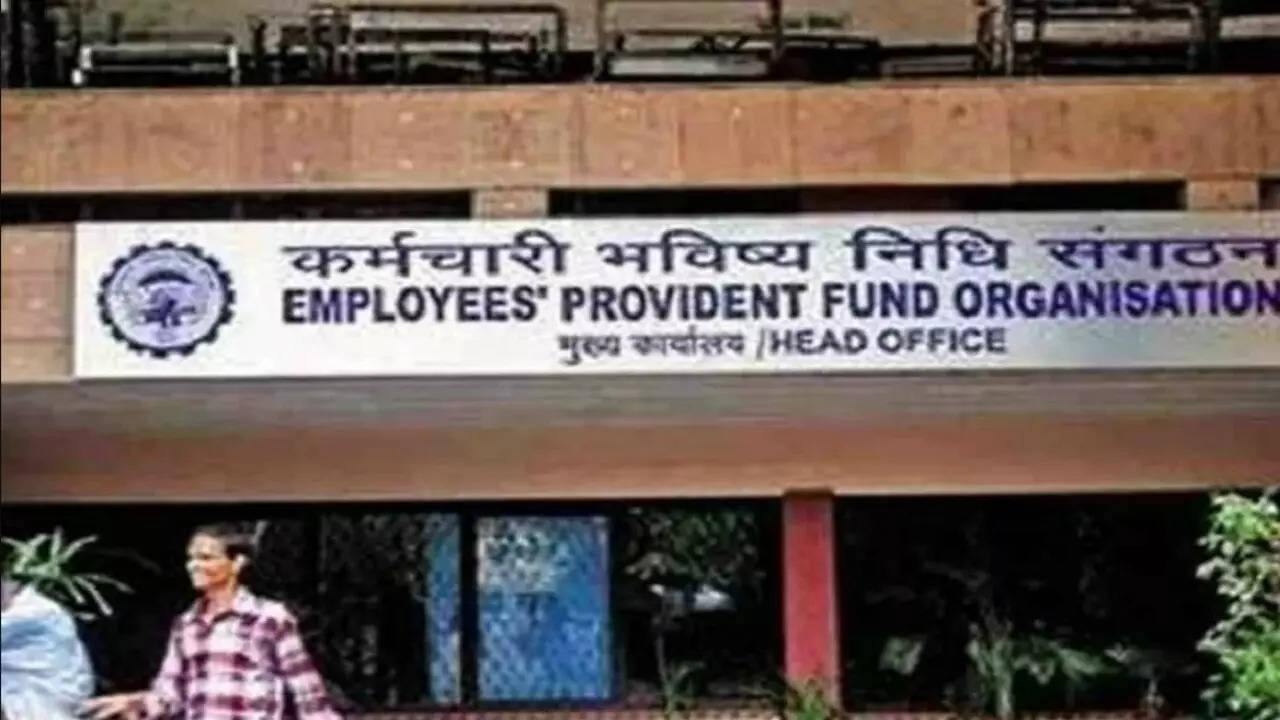Tax-free 8.1% return on EPF, VPF is still better than most options
Despite historically low interest rate, Employee Provident Fund and Voluntary Provident Fund (VPF) still are most attractive among peer fixed income savings instruments like Public Provident Fund (PPF), NSC, and RBI savings bonds. The rate offered by EPF and VPF is also more than 6-6.5% deposit rates being offered by most banks.

Tax-free 8.1 return on EPF, VPF is still better than most options
The Central government has approved the reduced interest rate of 8.1% on Employee Provident Fund (EPF) deposits for the year 2021-22.. The Employees' Provident Fund Organisation's (EPFO's) apex decision making body Central Board of Trustees slashed rates for 2021-22 to a four-decade low of 8.1% in March this year from 8.5% in the previous fiscal. The retirement fund body gave 8.65% interest to its 5 crore subscribers in 2016-17 and 8.55% in 2017-18. The rate of interest was slightly higher at 8.8 per cent in 2015-16. In March 2020, EPFO had lowered the interest rate on provident fund deposits to a seven-year low of 8.5 per cent for 2019-20, from 8.65 per cent provided for 2018-19.
Despite historically low interest rate, Employee Provident Fund and Voluntary Provident Fund (VPF) still are most attractive among peer fixed income savings instruments like Public Provident Fund (PPF), NSC, and RBI savings bonds. The rate offered by EPF and VPF is also more than 6-6.5% deposit rates being offered by most banks.
Income tax deduction benefits offered by EPF and VPF instruments make them even more lucrative than other instruments in the same class.
EPF needs a mandatory contribution of 12% of the basic salary for all salaried employees and the same amount is contributed by the employer. The Voluntary Provident Fund, as the name suggests, is a voluntary contribution beyond the threshold of 12% to the PF accounts by the employees. This contribution is capped at 100% of the basic salary and dearness allowance. That being said, it is important to note that your employer has no such obligations to contribute to your VPF account.
Annual investment in VPF up to the amount of Rs 1.5 lakh can be used for availing tax deductions under Sec 80C of the I-T Act. One can invest more than Rs 1.5 lakh, however, the additional investment will not be considered for tax deductions under Sec 80C. Further, interest earned up to a contribution of Rs 2.5 lakh (from employee as well as employer) will remain tax-free.
However, interest earned on investment beyond this threshold will be subject to taxes as interest thus earned will be considered income. Besides this, the interest earned on an annual contribution of up to Rs. 5 lakh will be tax-free if the contributions are made solely by the employee. If the employee is the sole contributor and the invested amount breaches the threshold of Rs 5 lakh, the interest earned on investment beyond the threshold will be subject to taxes. Moreover, if in any financial year the interest rate is more than 9.5%, the additional earned interest will also be taxed.
PPF on the other hand is less attractive than VPF because, firstly, it offers a lower interest rate of 7.1% and secondly, there is an annual cap of Rs 1.5 lakh investment on the former.
Trending:
End of Article
Subscribe to our daily Newsletter!





Related News





WhatsApp Will Soon Let You Send Photos And Files Without Using The Internet: Here’s How

Allen NExT Implements Layoffs, Over 60 People Fired From Their Jobs In This Department - Details

IndiGo Spreads Its Wings: Company Orders 30 Airbus A350s for Long-Haul Domination - Details

Uday Kotak's Wealth Dips USD 1.3 Billion After RBI's Directive On Kotak Mahindra Bank - Details

Tech Mahindra's Q4FY24 Net Profit Plunges By 41 pc To Rs 661 Crore - Details









